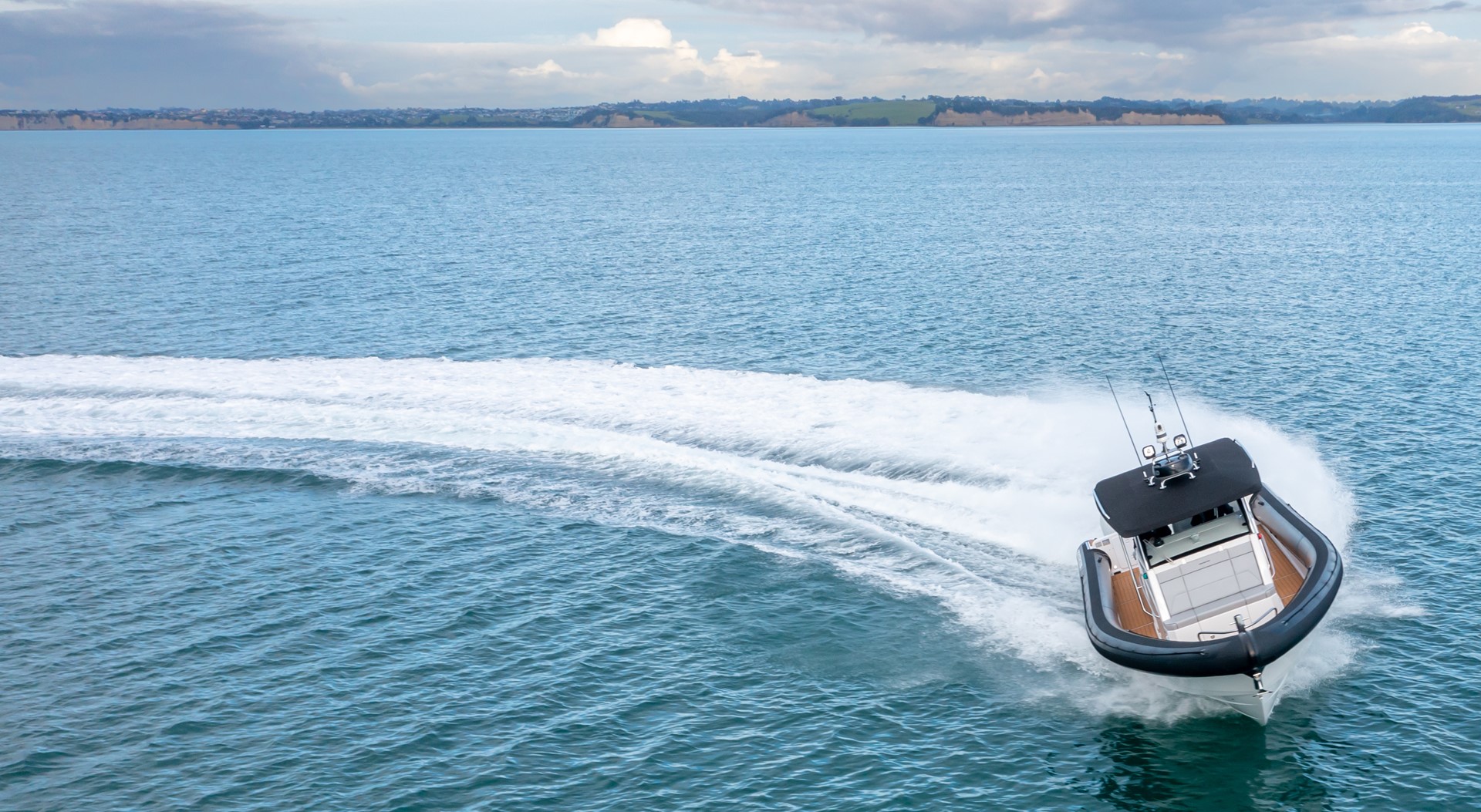Exploring the Rayglass 2700 - The ultimate multipurpose vessel
The Rayglass 2700 is the next generation of Legend and a true multipurpose vessel. Here’s what’s included in the 2700 package.
Posted By Rayglass Boats | July 29, 2022
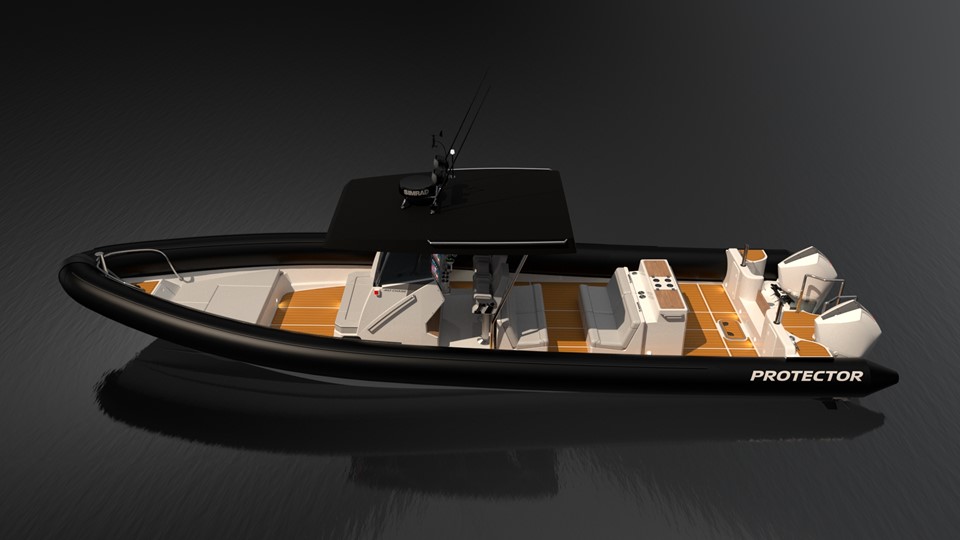
We recently received an enquiry from the owner of a 30-metre luxury superyacht out of Stockholm, Sweden. They wanted a tender vessel that would combine luxury and performance, keeping them comfortable and safe in the depths of cold Swedish winters.
The Protector 410 Chase was perfect for the job, so our talented designer Gregor set about creating renders to visualise and plan the finished vessel.

Inside the rendering and customisation process
The rendering process begins with a simple brief, before Gregor designs a few alternatives:
“I create several render packs with different layouts, then once we’ve dialled in the layout we start looking at the little details.”
The details for this vessel included a few unique additions that required some serious customisation. The client wanted a section of canvas that wrapped around the wet station and cabin area, creating two semi-separate rooms that are fully enclosed.
They also requested that this area be heated so we installed a diesel heater in the helm area to keep it toasty during long Swedish winters on the water. Next, the 410 Chase was to be used as a refuelling vessel:
“We needed a 500 litre diesel tank hooked up to a retractable diesel pump in the wet station. This can be used to go to shore and get diesel before returning to refuel the mothership on water.”
In addition the team designed a 300 litre water tank to fit into the outside stringers, then installed twin Mercury 450R V8 outboards, three luxury captains’ seats at helm and Mercury joystick piloting (including skyhook, autopilot and joystick control).

Bringing the renders to life
Rayglass have built thousands of custom Protector Vessels, including almost any custom addition that you can imagine. But this 410 Chase included a unique challenge - how to build a custom canvas enclosure from scratch that looked just like the renders:
“It was the first time building a complex canvas structure like that for our upholsterers but they benefited from having the renders. They had a visual to copy so they knew what we were trying to achieve.”
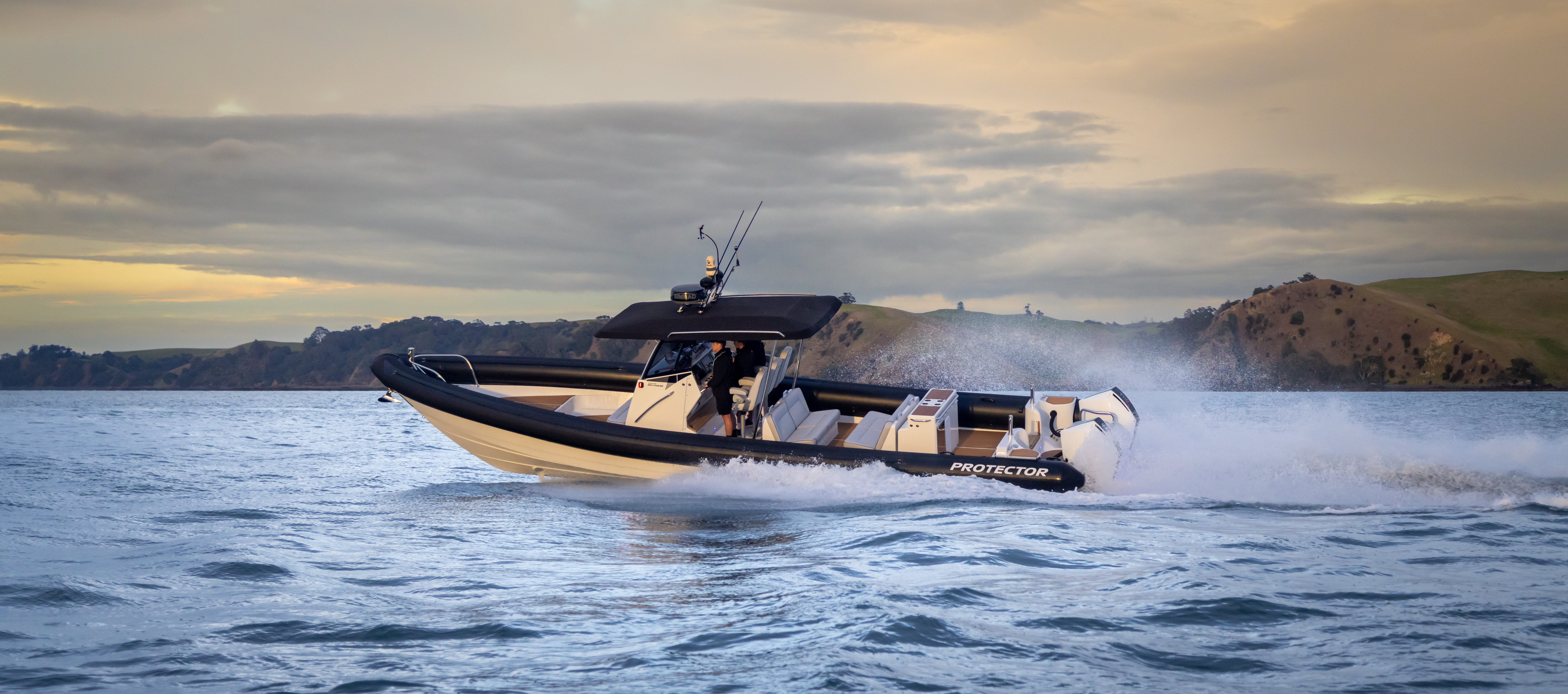
The tricky thing with the canvas structure was that it had to be as tightly enclosed as possible to ensure it didn’t lose heat. Also, it had to fit perfectly so that it didn’t create excessive noise at speed. Gregor reckons the upholsterers nailed it:
“They achieved it to an incredible standard, it’s awesome. You can sit in the canvas enclosure going 50 knots and you’d barely even know it - there’s a little noise but no wind at all.”
Like what you see? Check out more of our custom vessel builds on the Logbook or get in touch to enquire about building your own.
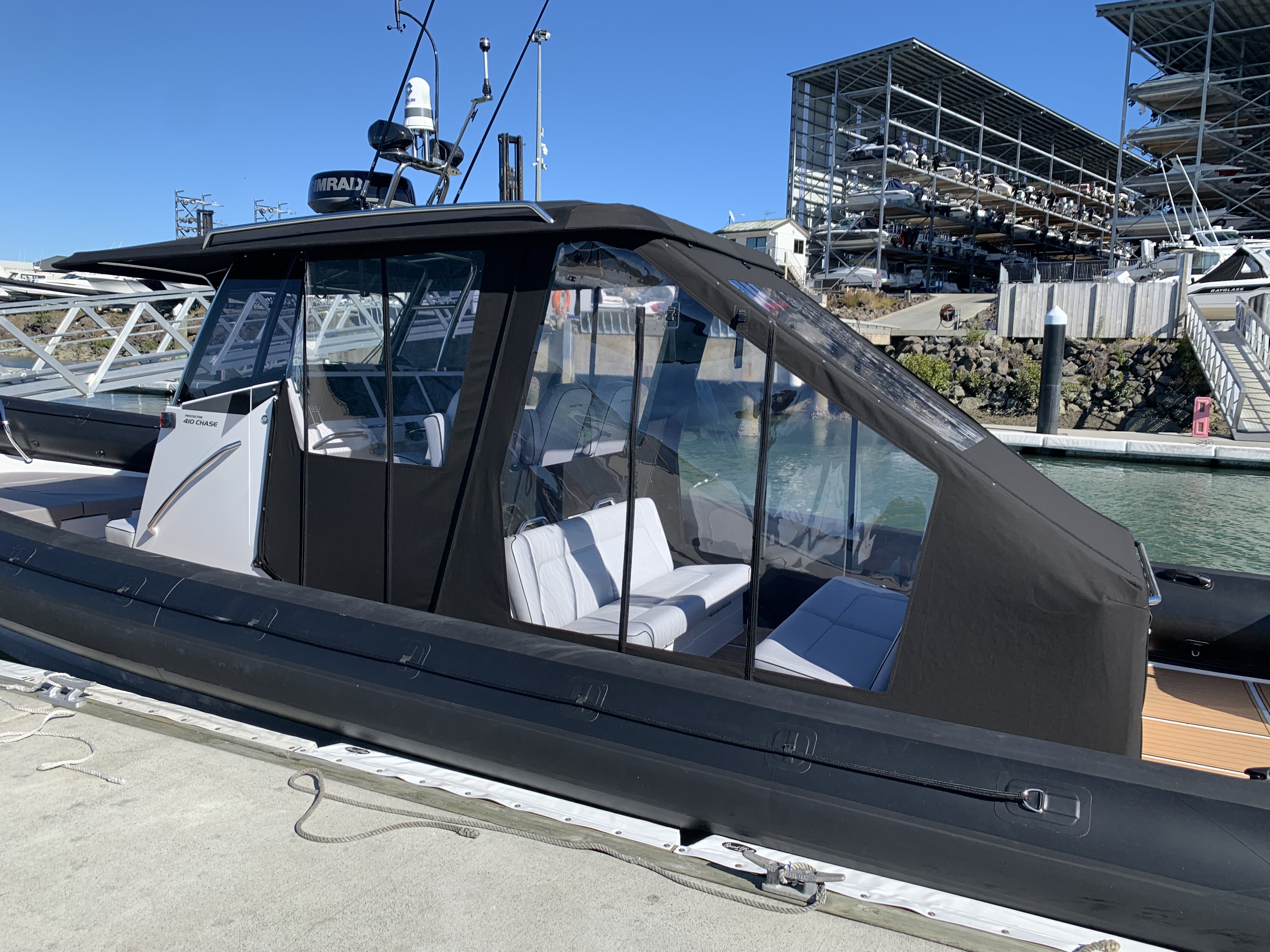
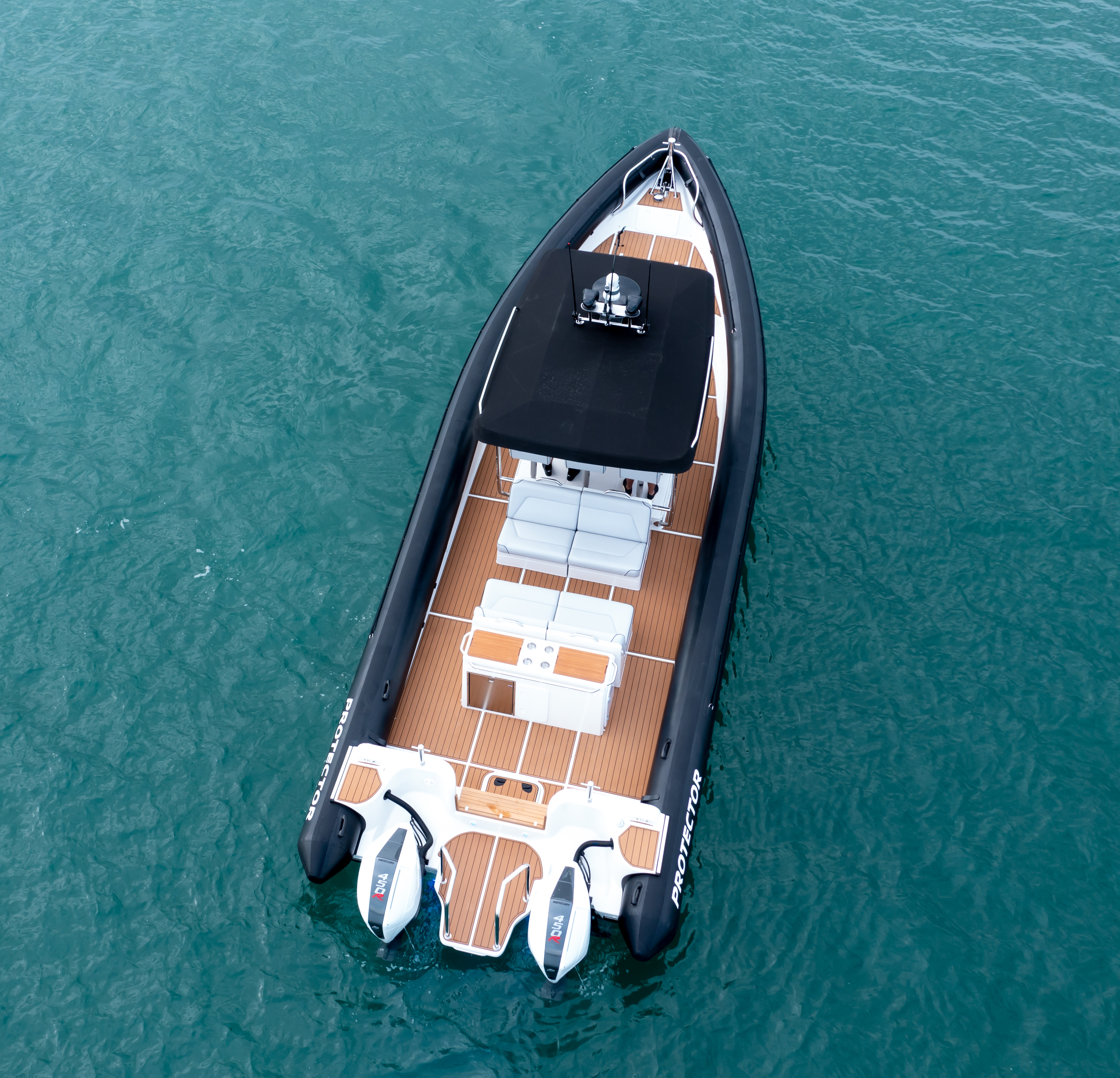
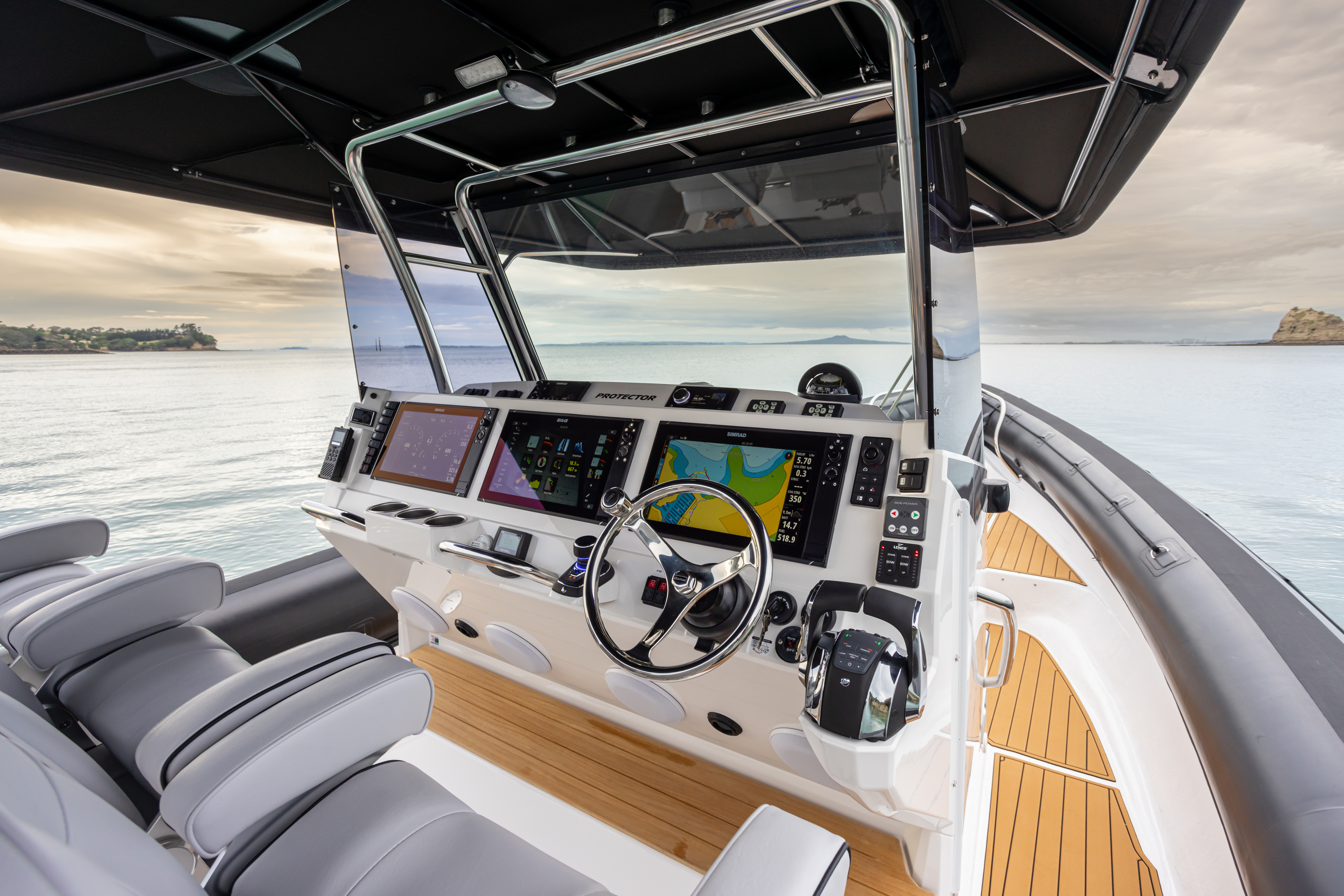
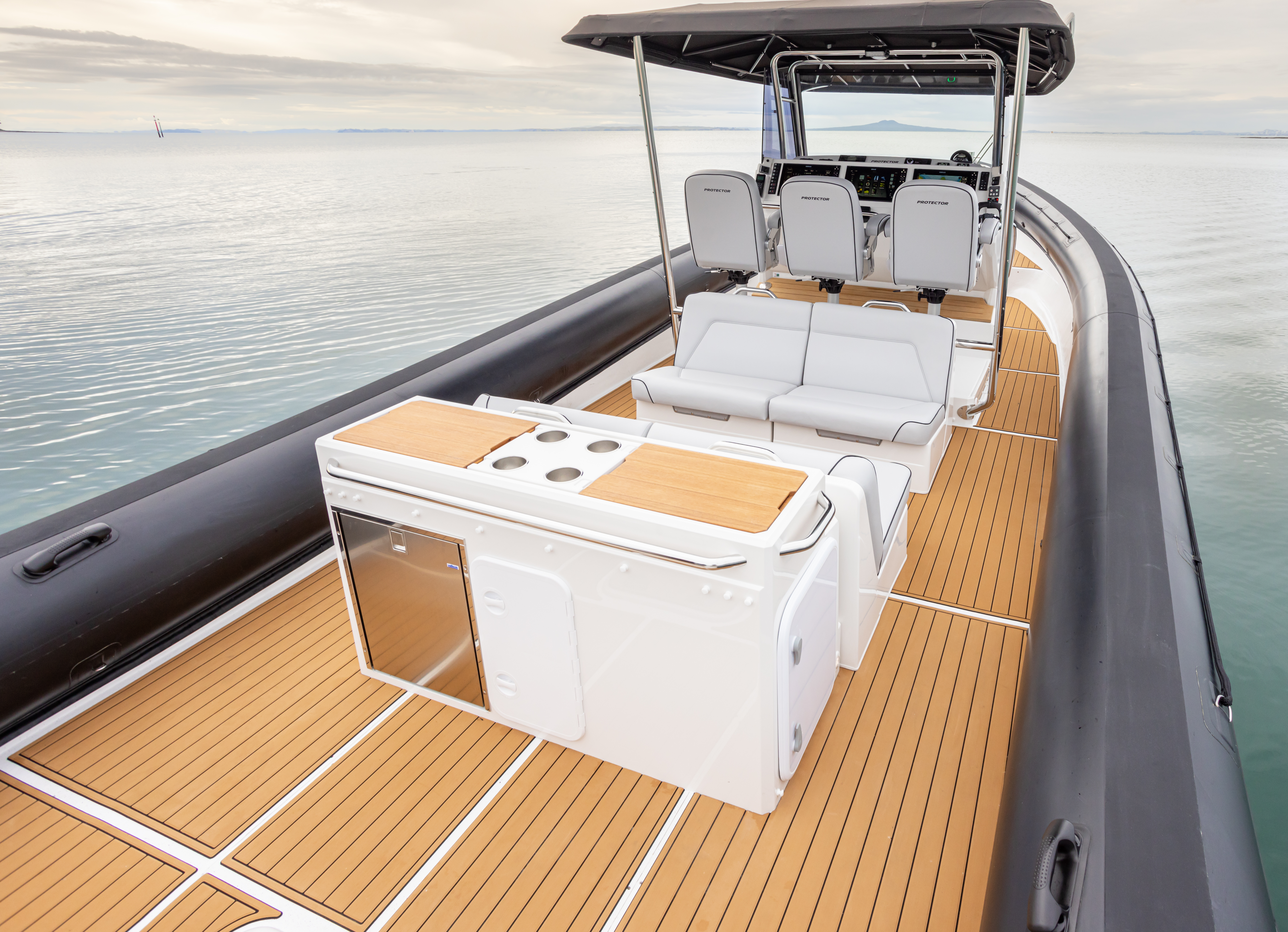
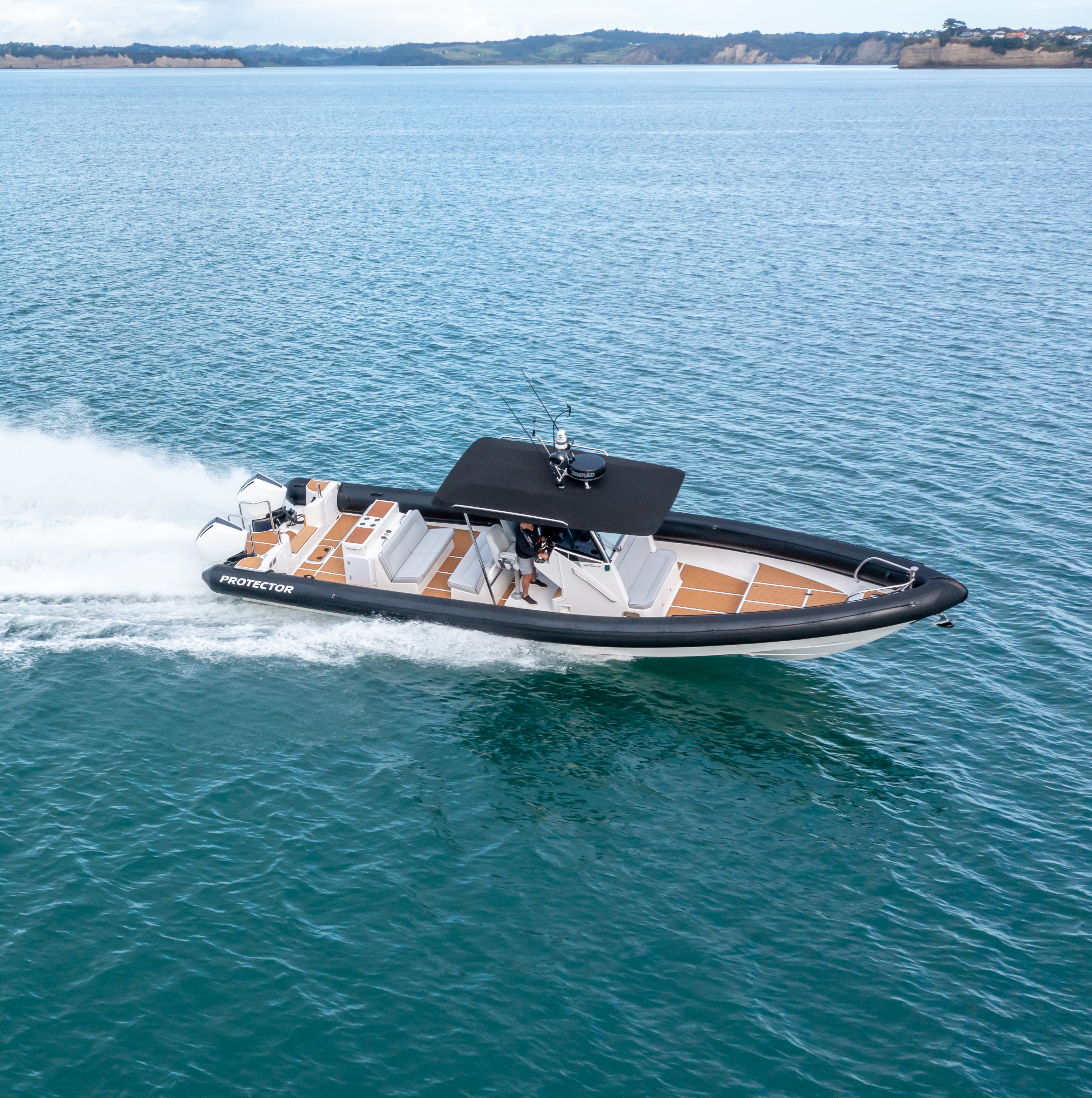

The Rayglass 2700 is the next generation of Legend and a true multipurpose vessel. Here’s what’s included in the 2700 package.
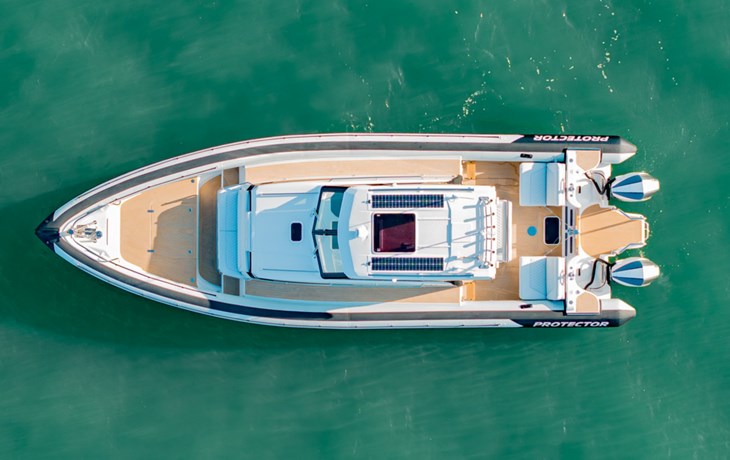
The ultimate Protector required the ultimate collaboration. Read how we worked with Europe’s biggest yacht brokerage to build a special 380 Targa.

We recently carried out strength point testing on a Protector vessel. Hear the story behind the test, and find out how we used two trucks, two fork...
There's always something new happening at Rayglass, so if you'd like to be first to know just sign up here. You'll be in the loop on latest news, reviews and upcoming events
